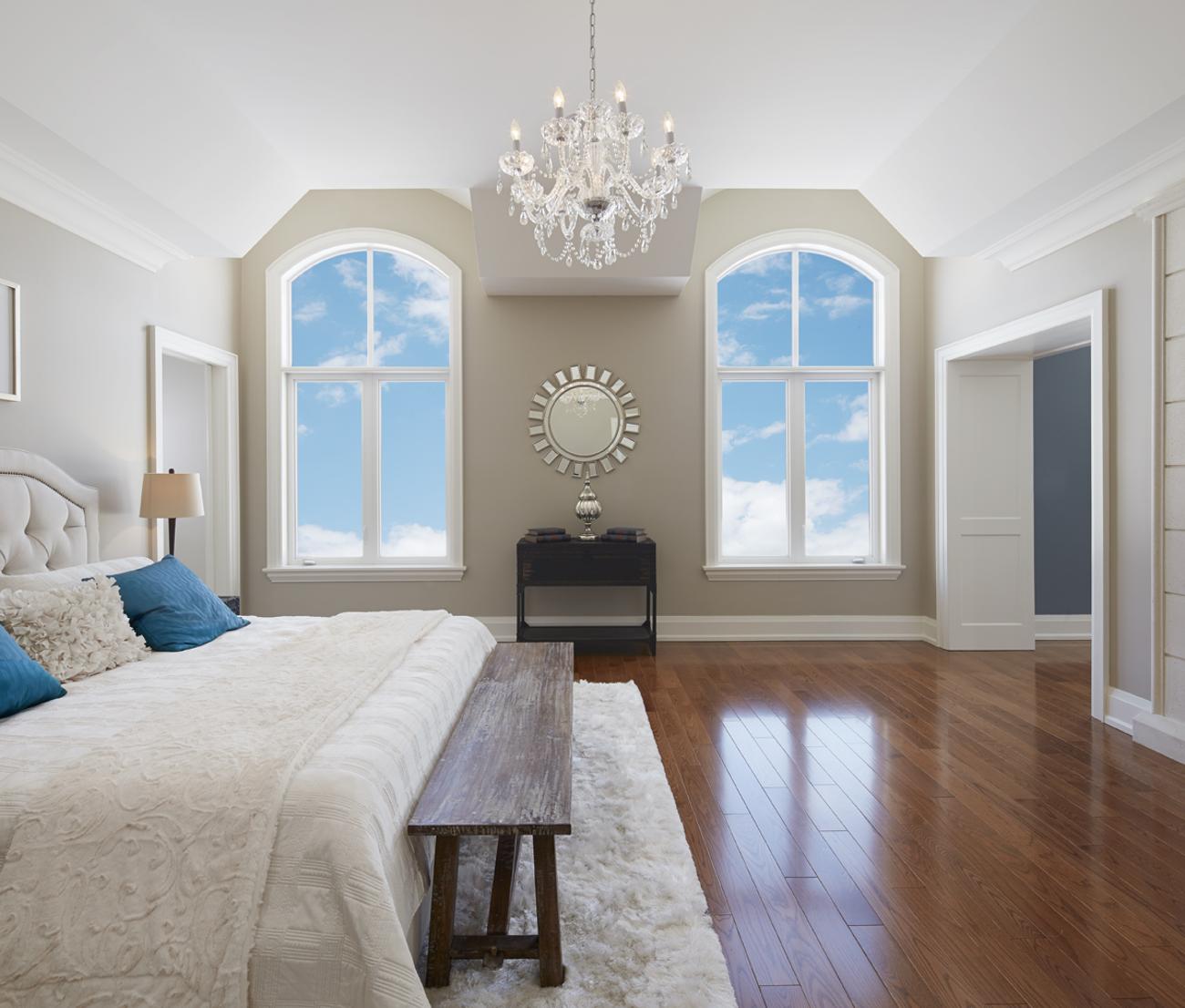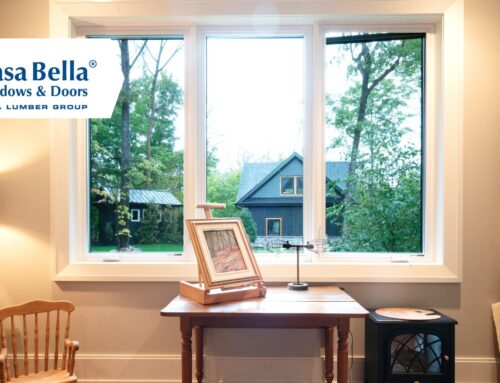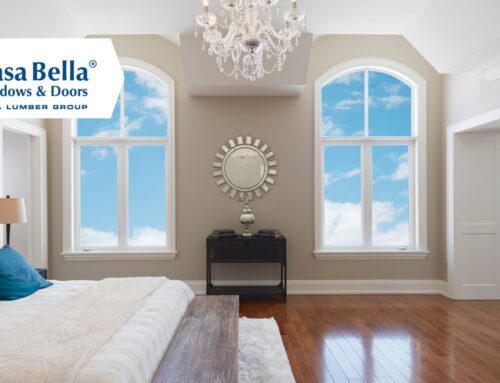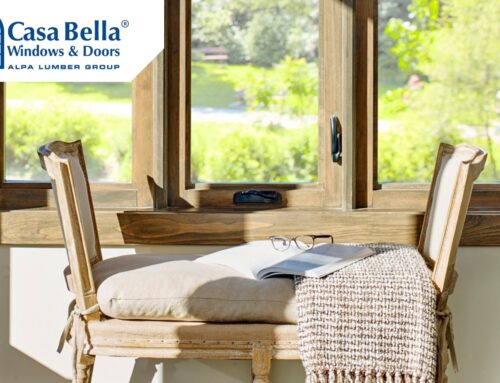Collaboration is a fundamental element of home building and design. No matter the stage of the process, communication is always necessary—whether between contractors and architects, interior designers and their clients, or window manufacturers and acoustical engineers.
When it comes to the latter, this collaboration is crucial for creating safe and functional window designs. In this guide, we’ll explore how they can work together to create quiet, peaceful spaces in the home.
Understanding the Role of Acoustical Engineers
Acoustical engineers specialize in controlling sound within a space. They understand the science behind how sound travels and interacts with different materials. This level of expertise means they can work seamlessly with home-building professionals to create quieter spaces.
When experienced window manufacturers design a window, considerations from the type of glass to the frame material and sealing methods affect its ability to block or absorb sound. This is where the expertise of acoustical engineers becomes invaluable.
The Importance of Soundproofing in Modern Homes
Today’s homeowners are more conscious of noise pollution than ever before. Whether it’s the atmosphere of living in a busy metropolitan city or the need for a peaceful home office, reducing unwanted noise has become a priority.
This growing demand for quieter spaces has encouraged window manufacturers to design custom windows that better insulate homes from external sounds. However, getting to this level of soundproofing isn’t just about using thicker glass—it requires window soundproofing methods that balance form, function, and acoustics.
How Window Manufacturers and Acoustical Engineers Collaborate
Material Selection
One of the first steps in this type of collaboration is choosing the right materials. Acoustical engineers can recommend specific types of glass, such as laminated or double-glazed options, that are more effective at blocking sound.
Window manufacturers, on the other hand, can suggest frame materials that complement these choices, ensuring the window not only blocks noise but also meets other requirements like energy efficiency and design preferences.
Designs & Details
Once the materials have been chosen, the next step is perfecting the window design. Acoustical engineers work closely with manufacturers to fine-tune features like the thickness of the glass, the spacing between panes, and the type of seals used. This attention to detail ensures that the acoustics of the window works without compromising on design, functionality, or having to avoid popular design trends.
Testing and Feedback
Before the final window design is complete, samples are often tested in real-world scenarios to determine if the acoustics are on par with expectations. This allows both the engineers and manufacturers to gather information, make necessary adjustments, and ensure that the windows meet the desired soundproofing standards.
Installation Considerations
The collaboration process doesn’t end once the window is manufactured. Proper installation is essential to maintaining the window’s acoustic integrity. Acoustical engineers often provide guidelines or work alongside contractors to ensure the windows are installed correctly.
Ultimately, when window manufacturers and acoustical engineers work together effectively, the results are great for everyone involved, especially the homeowner. The end result is a window that not only looks good and performs well but also significantly reduces noise, creating a more comfortable and serene living environment.
When it comes to choosing a manufacturing company, Casa Bella Windows & Doors understands the importance of collaboration. Through our relationships with home builders, engineers, and designers, we know how to optimize the manufacturing process and ensure the highest-quality results.




